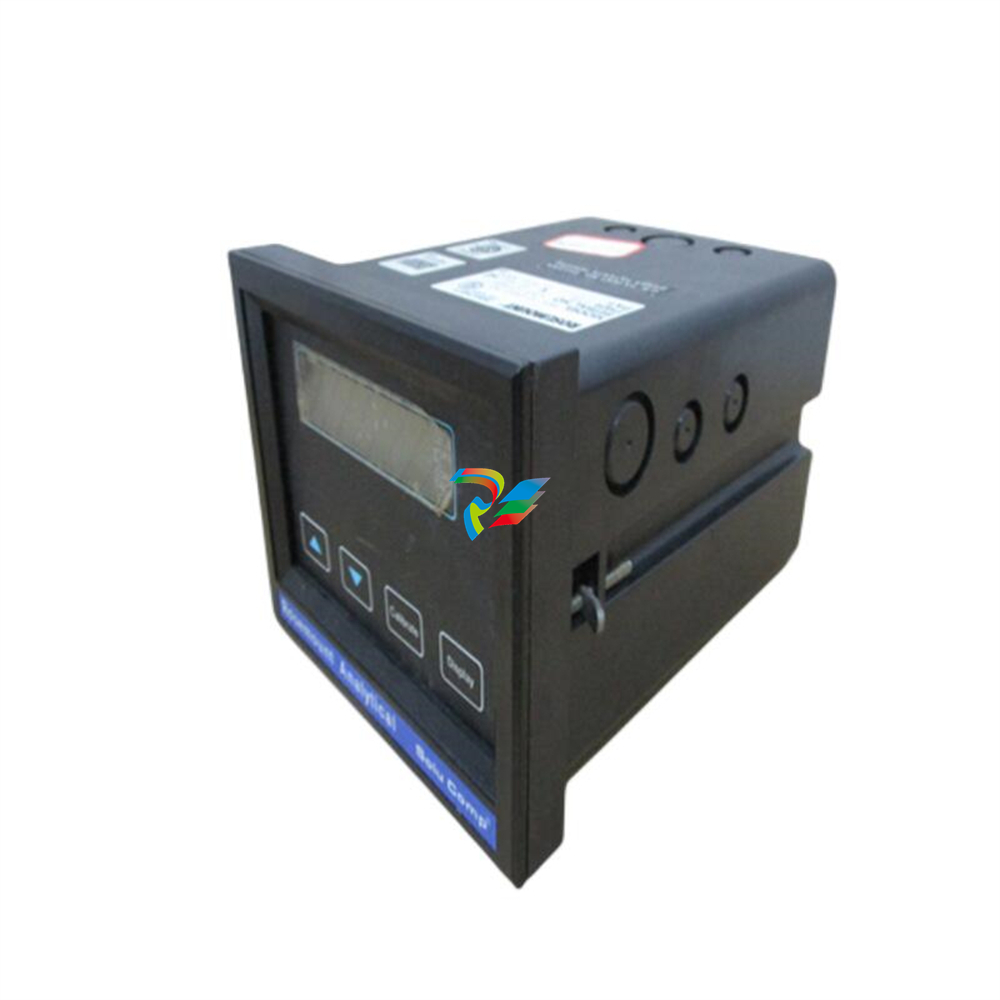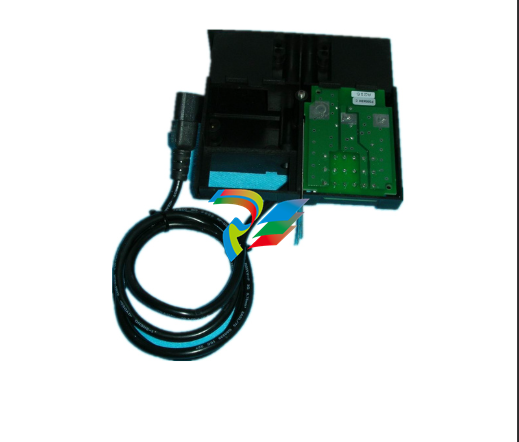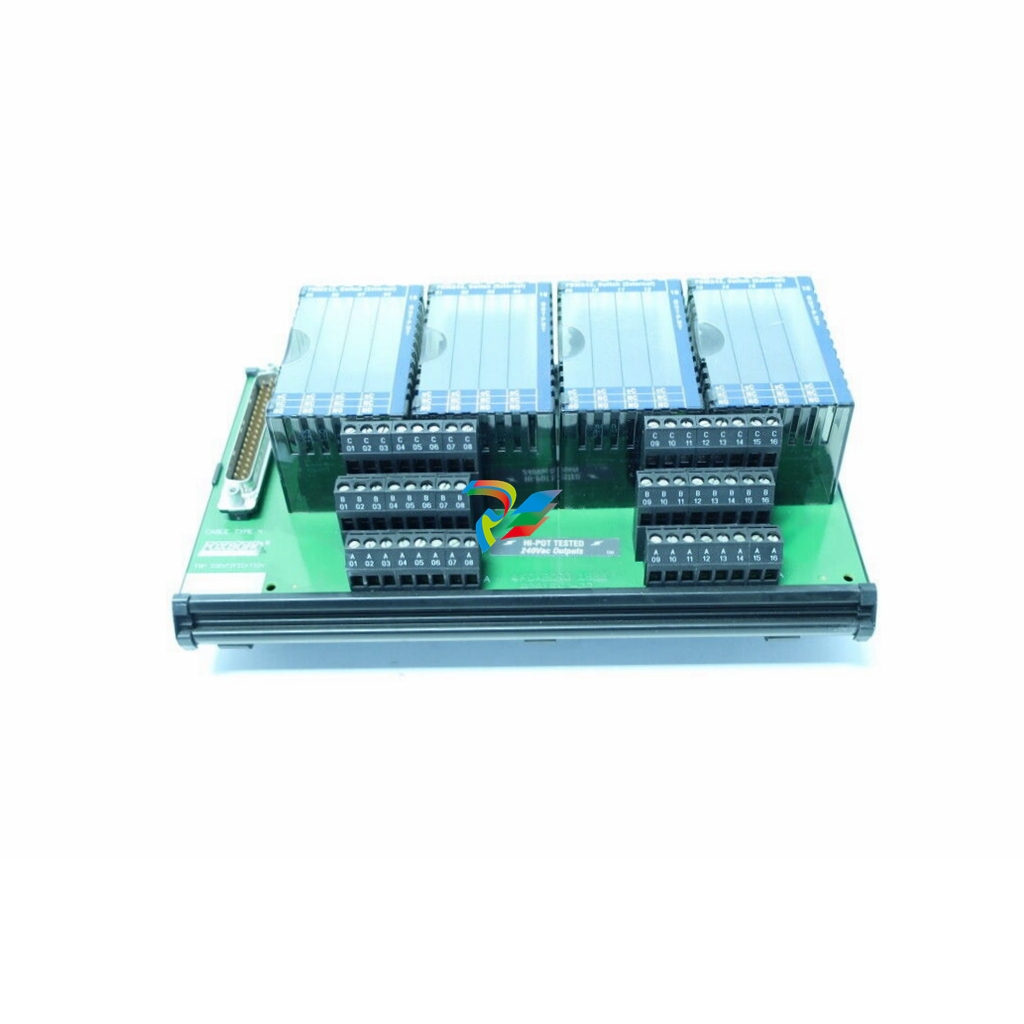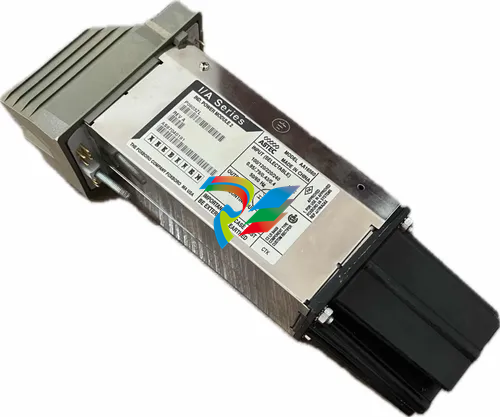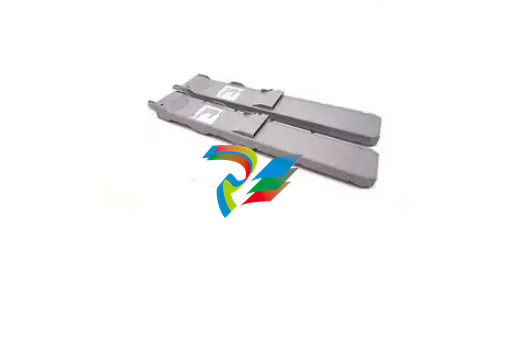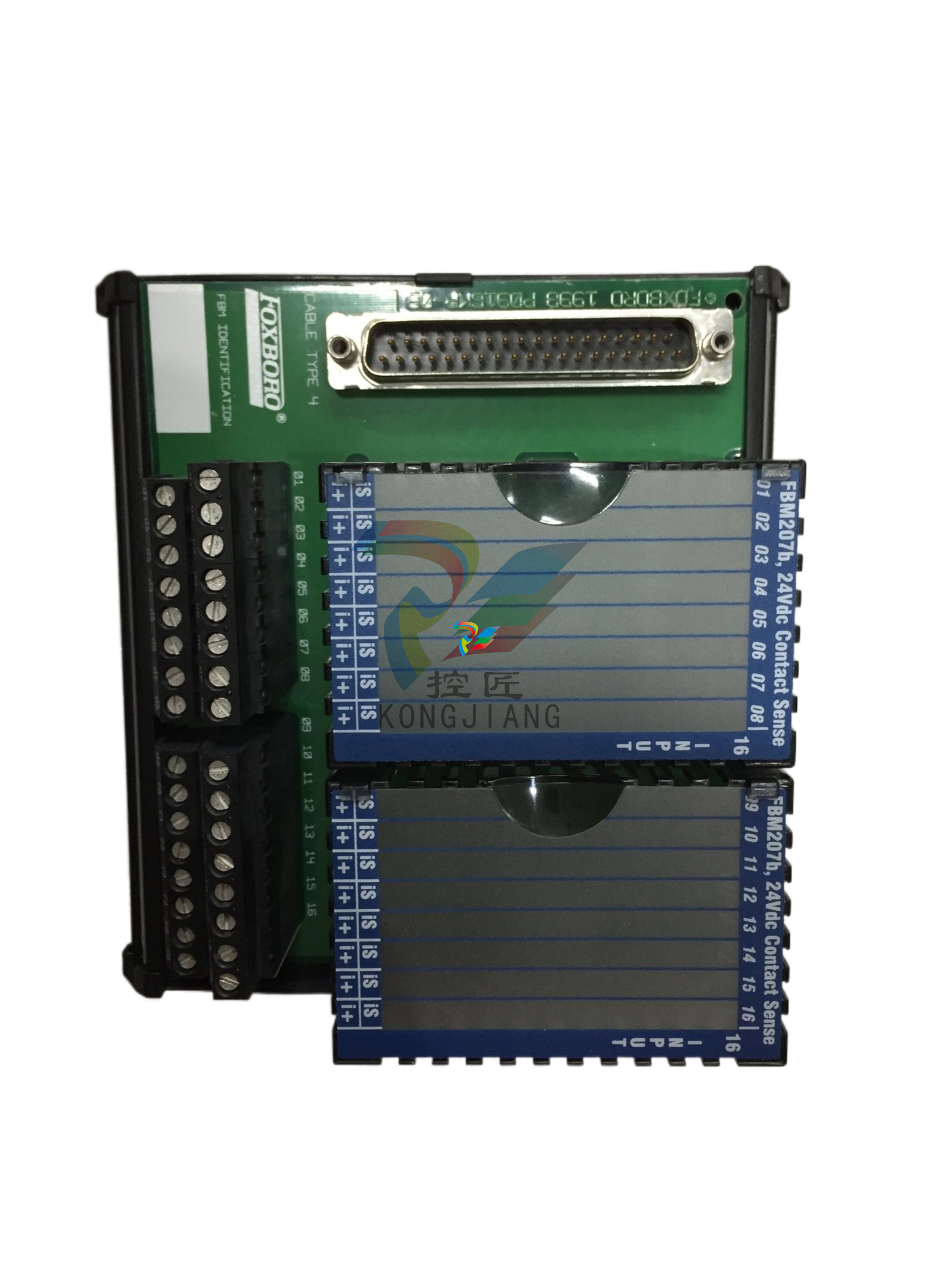
Digital Transformation in 2024: A Guide
An all-purpose data analytics app would furthermore require lots of customization for industrial use cases. Analytics software specialized for use cases in process plants offer domain-specific features, such as relevant dashboards, detail visualization capabilities and terminology (Figure 2), are easier to use and more capable.
Machine learning (ML) is one form of artificial intelligence (AI) that receives a lot of attention as of late, but it is not always the best form of analytics for all use cases (Figure 3). Many top-performing plants today instead employ engineered analytics with mechanistic AI for equipment and processes with well-known causes and effects and first principles. Mechanistic AI is deterministic, so very robust, and it is verifiable. Deep learning (DL), on the other hand, is used in non-process use-cases like image and speech recognition.

While they are ideal for simulation, design and training, it’s often not necessary to build models or digital twins to predict problems. Condition-based analytics tools use "agents" designed to recognize patterns or detect instability and are easier and less costly to deploy and maintain (Figure 4). 
Enterprise resource planning (ERP) systems handle business processes like accounts and inventory, but will not identify where there are utility leaks, which manual valves are in the wrong position, which heat exchanger is fouling, which process unit is about to have an upset, which pump is about to cavitate, etc. Instead, top-performing plants use specialized operations management automation systems consisting of software and sensors for energy management, condition monitoring and performance monitoring. These technologies use real-time data to provide notifications that pinpoint where in the plant the problem is (Figure 5). 
System Architecture. In these cases, cloud computing is optional. But if a plant does use the cloud, note that putting business administration and plant automation data in the same cloud instance would make security harder to manage. Many plant managers today use an independent cloud instance for plant data and apps as a cybersecurity zone along the lines of the IEC 62443 standard. Some data is passed between the office administration systems and plant automation systems as part of the automatic workflow. For instance, pump analytics notifies the ERP/CMMS when a pump problem is predicted. Dashboards can show both business and plant data.
IIoT/M+O Sensors. The familiar refrain, “You already have all the data,” is often not correct. Plants have lots of data, but it is mostly process data. Many plants don’t have enough real-time equipment data, because today that is collected manually using portable testers and reading gauges. The goal, therefore, is to automate that data collection by installing permanent sensors. 
It would be impractical to wire hundreds or thousands of additional sensors in an operating plant, and it would be impractical to cut, drill, or weld hundreds or thousands of additional process connections while the process is running. Instead, top-performing plants use advanced sensors that are wireless and non-intrusive and that bolt onto the outside of the equipment, clamp-on to the outside of the pipe, slip between existing flanges, or reuse existing process connections. These may be referred to as industrial internet of things (IIoT) or monitoring and optimization (M+O) sensors. Replacing mechanical pressure gauges with wireless pressure gauges, for example, is relatively easy (Figure 6).
Wireless Technology. Existing systems and devices in most plants like programmable logic controllers (PLC), distributed control systems (DCS) and vibration monitoring systems use Modbus and HART protocols. The easiest way to integrate these systems into new software and systems is to use their native protocols. Therefore, it’s best to use systems and software that support HART-IP and Modbus/TCP (Figure 7). This way no drivers need to be written or tested, and more data is transferred making the system more capable.
Hiring a developer to code software interfaces to custom APIs often results in costly lock-ins. This can be avoided by using systems and software with standard IEC62541 (OPC-UA) software interfaces. OPC-UA is widely supported in many edge devices, in all modern automation systems, in a large number of apps for all kinds of process automation functions, and in all modern data management platforms. No APIs need to be written or tested. OPC-UA also supports metadata for richer display, automatic server discovery and a structured information model (IM) for easy browsing of data. An operator can both read and write data, and the protocol is supported in all major cloud platforms. Lastly, OPC-UA provides transparent integration with older systems using OPC Classic.

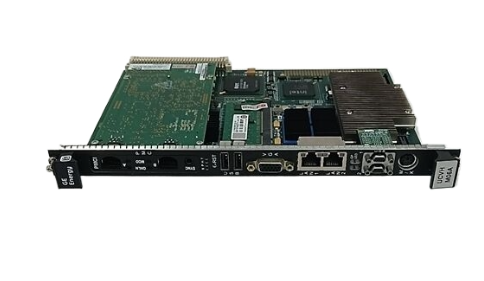
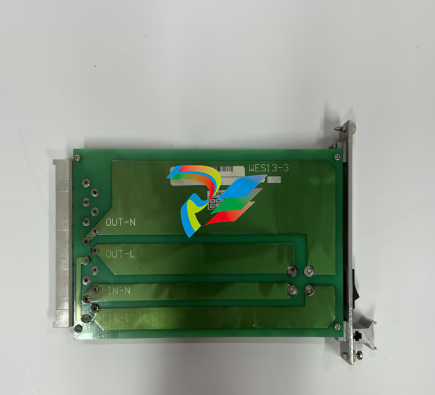
.jpg)

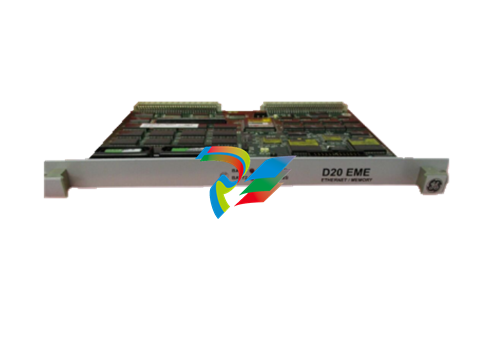
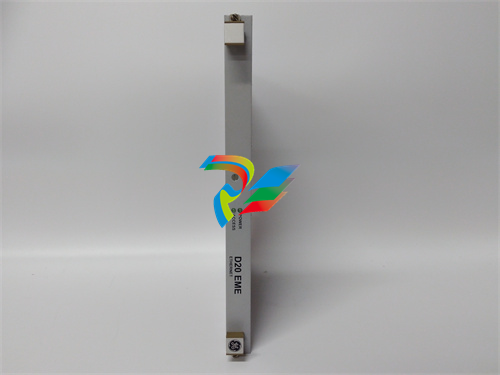
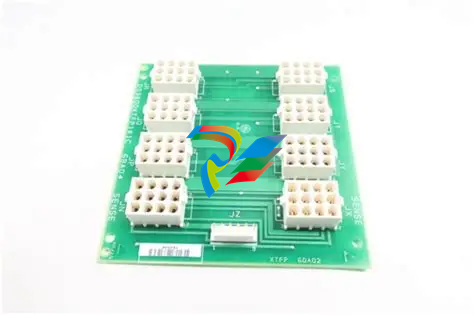












































.jpg)
.jpg)





.jpg)



.png)
.jpg)

.jpg)
_lVjBYb.jpg)

.jpg)
.jpg)



.jpg)
.jpg)







.jpg)

.jpg)
.jpg)






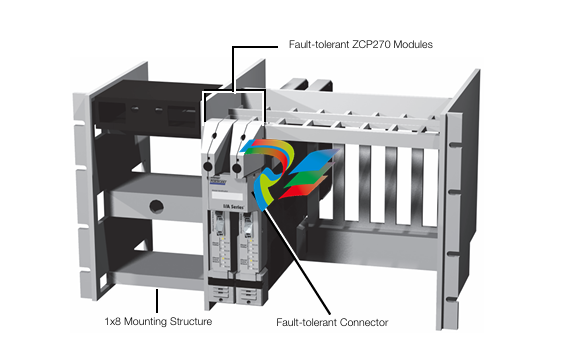

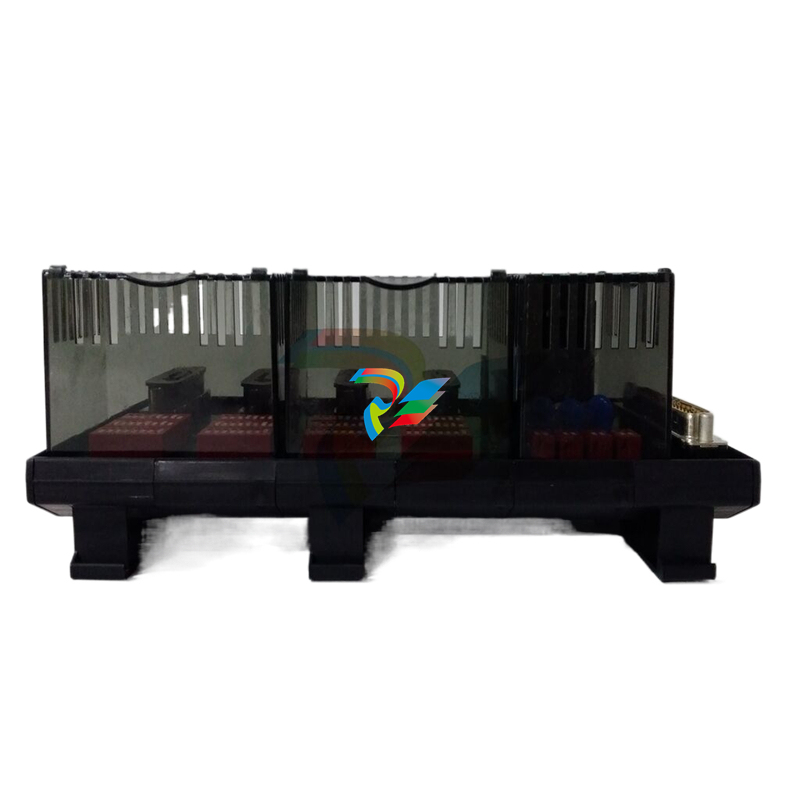
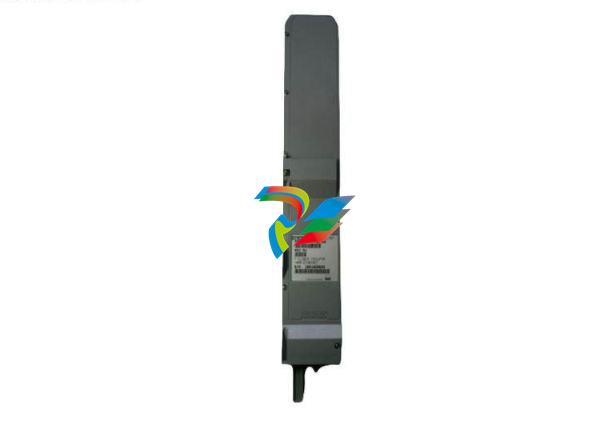
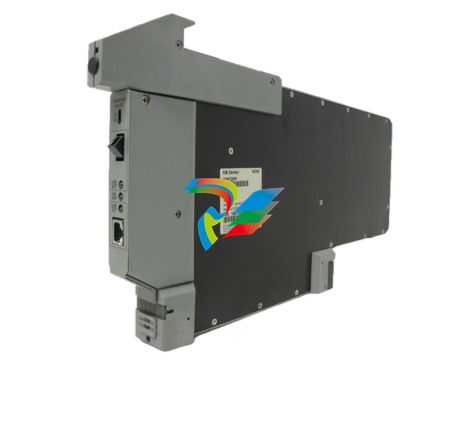
.jpg)
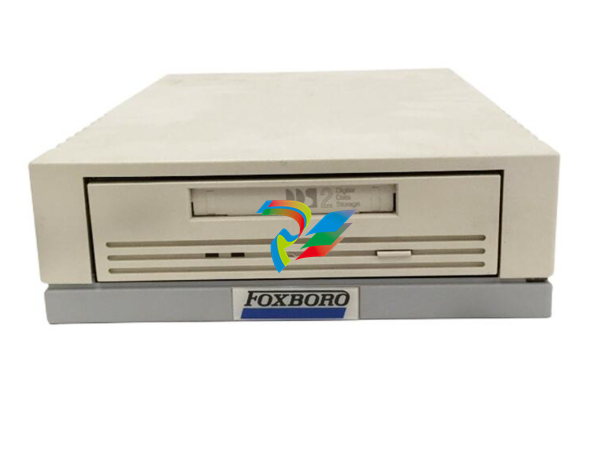

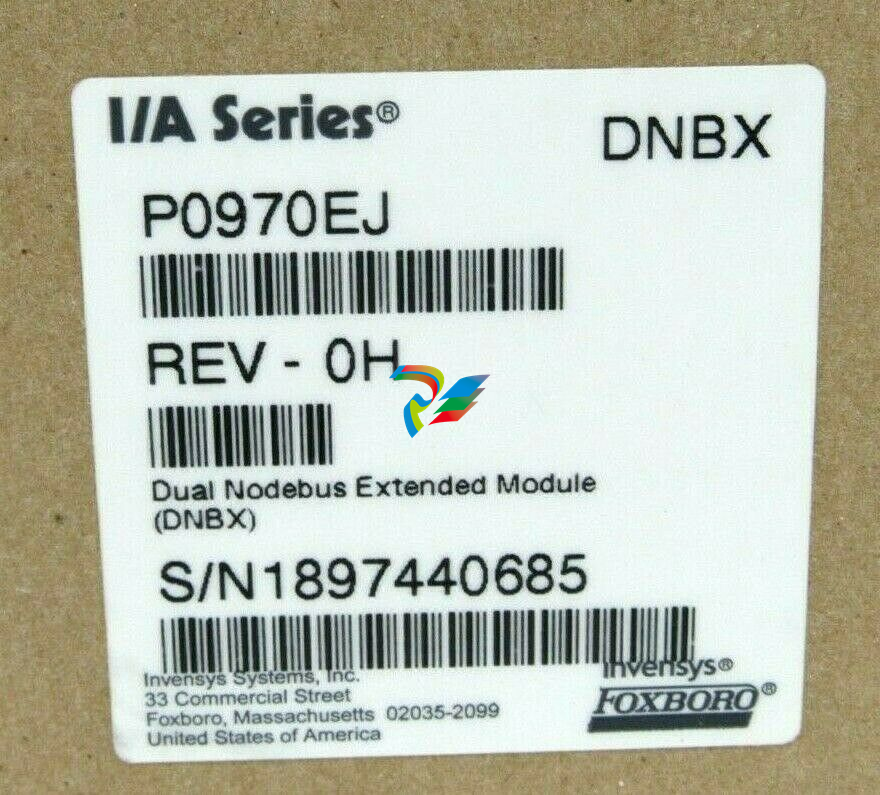

.jpg)
.jpg)
.jpg)
.jpg)
.jpg)
.jpg)
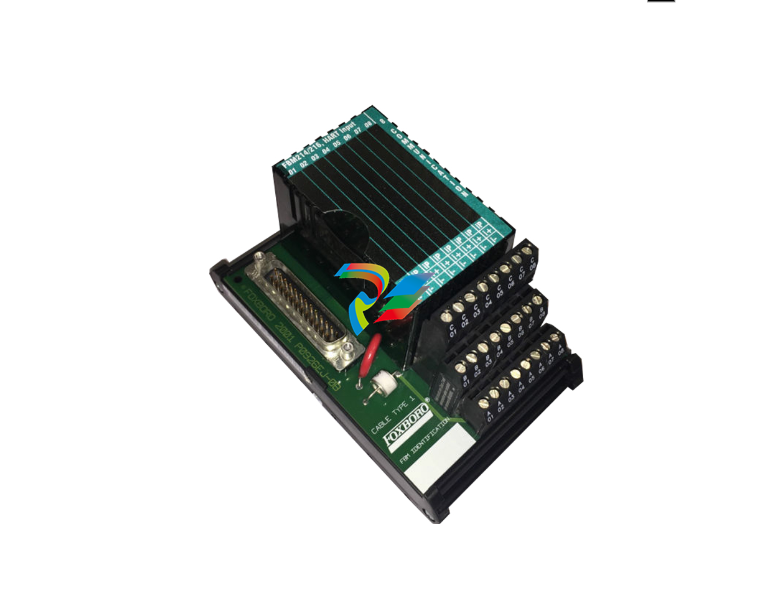
.jpg)
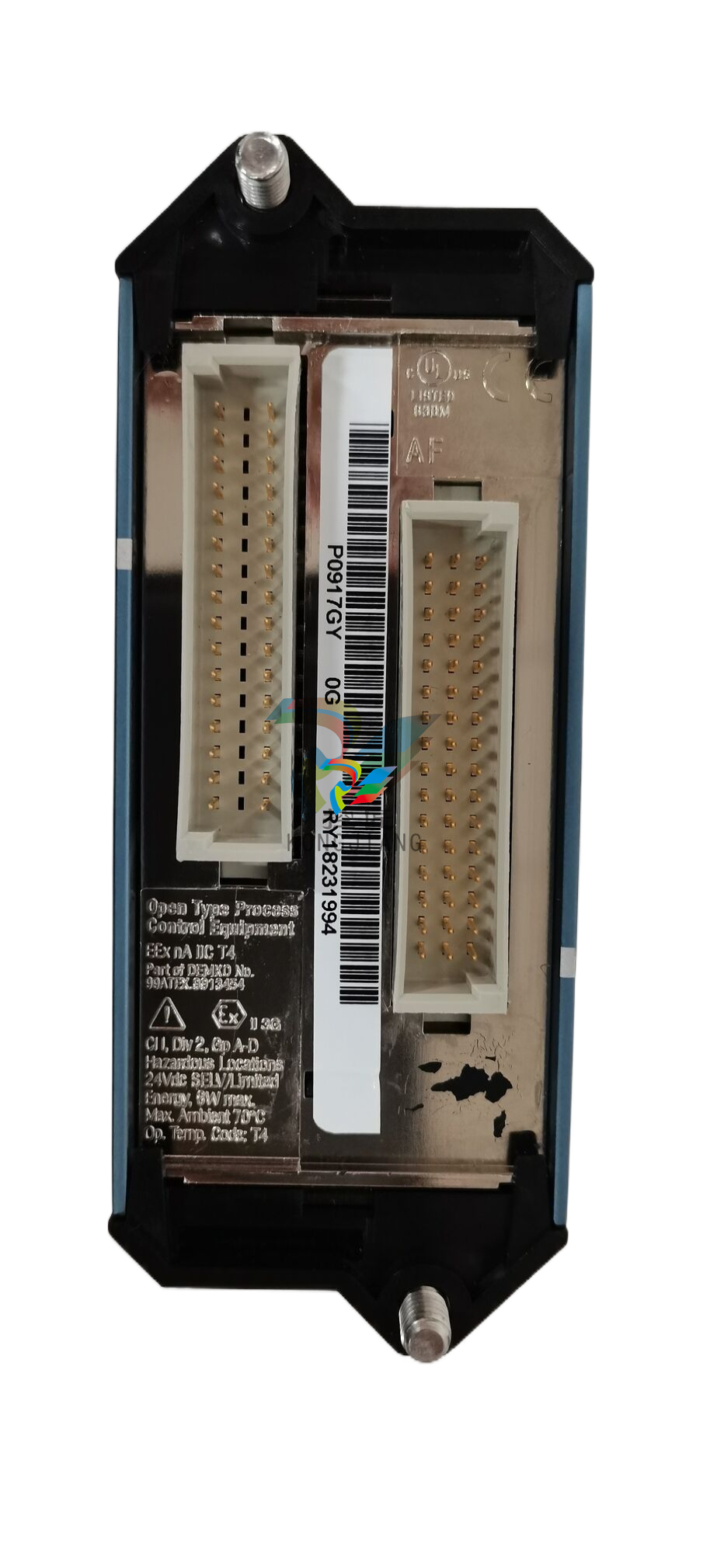
.jpg)
.jpg)
.jpg)
